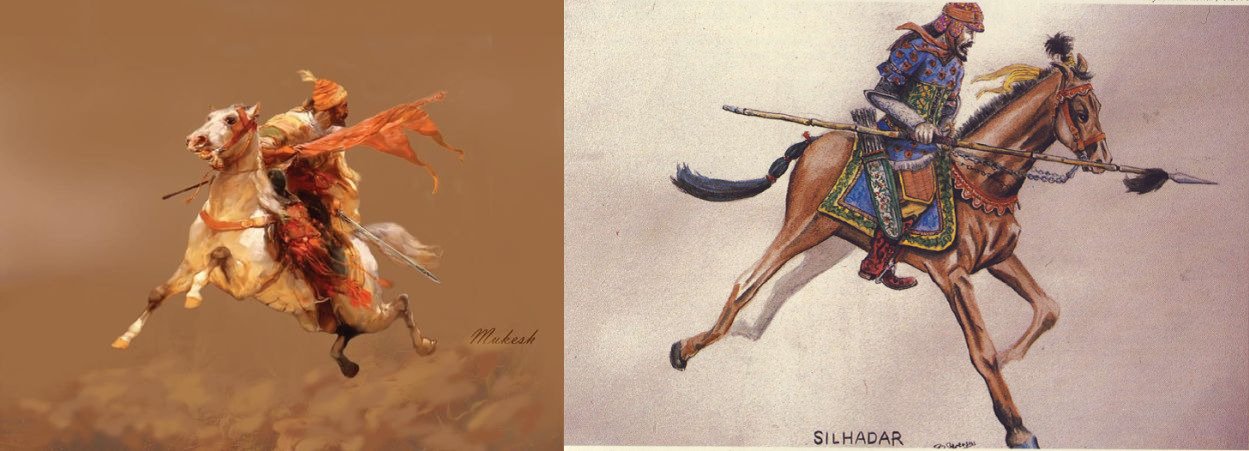BAJI RAO PESHWA – THE BRILLIANT CONQUEROR THAT HISTORY FORGOT
This is a story of that momentous time in our history that saw it regain its freedom from the clutches of Islamic Invaders. This is a story of the brilliance of a passionate, brave, young man who never lost a battle








